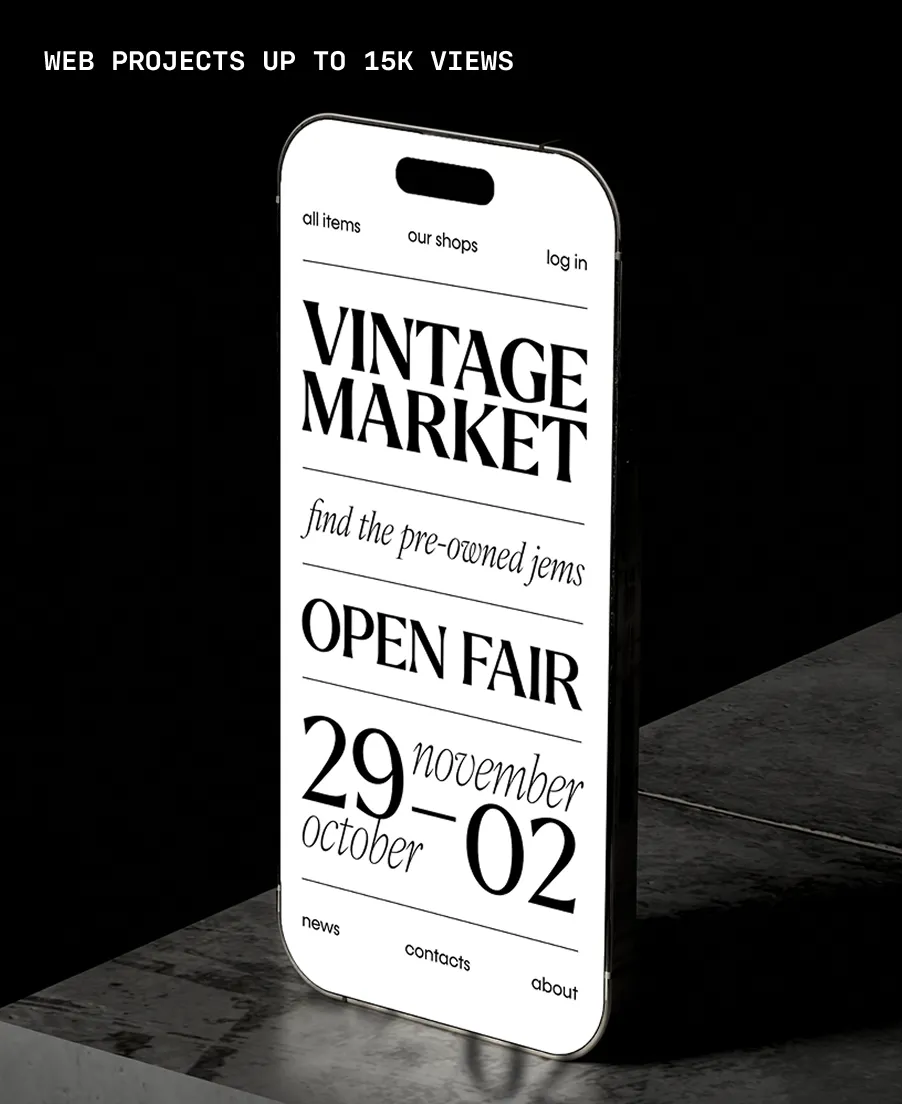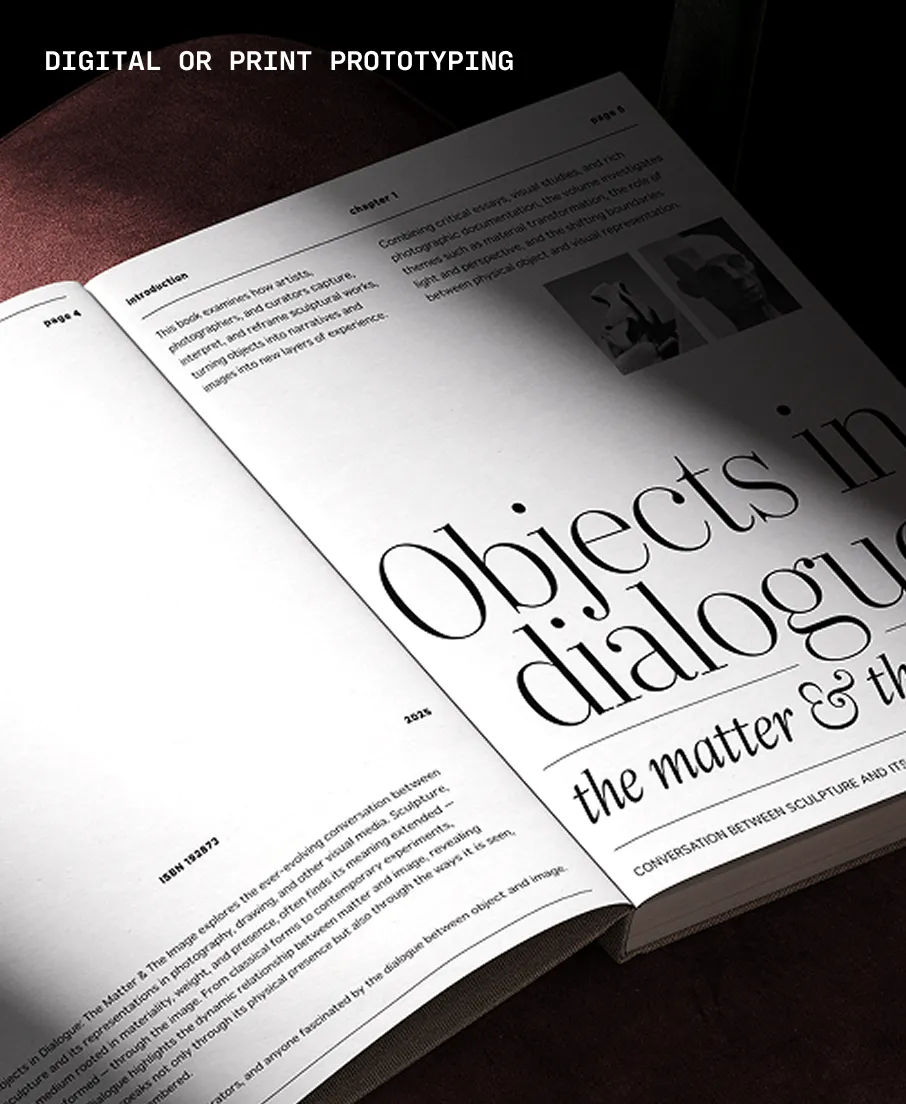Wedge
By Bruce Rotherham & J Adrian Pickering
Wedge Regular
Wedge Regular Italic
Wedge Bold
Information
Wedge’ is the outcome of a search for the essence of a formal alphabet for text — for 26 letters of the simplest form consistent with ease of reading. Noted New Zealand architect Bruce Rotherham (1926–2004) was inspired by Herbert Bayer’s ‘universal alphabet’ created at the Bauhaus in 1927. While he admired Bayer’s pure geometry, Rotherham felt it was ‘virtually unreadable’. The Bauhaus-inspired inclination for architectural publications to use sans serif faces provoked Rotherham to consider how a readable Roman book face might be approached using some of Bayer’s same principles of simplification, but also retracing the evolution and use of the Roman form in an analytic manner. The Wedge alphabet was started in 1947 when Rotherham was an architecture student at the University of Auckland. Picked up again in 1958 with some promise, but ultimately, it was shelved for some 30 years and reworked digitally in the early 1990s. Over sixty years after it was first conceived, Wedge is now commercially available from P22.
Language Support
- Catalan
- Croatian
- Danish
- Dutch
- English
- Filipino
- Finnish
- French
- Fula
- German
- Hungarian
- Indonesian
- Italian
- Malay
- Maltese
- Norwegian
- Portuguese
- Romanian
- Slovenian
- Spanish
- Swedish
- Turkish
Licensing with Typographer
Typographer covers web use (up to 15K pageviews / month) and unlimited prototyping. Learn more in our FAQ.
Need to buy a license?
Visit P22 Type Foundry


Similar fonts
-
Conglomerate
Typetanic Fonts
14 styles -
Larken
Ellen Luff Type Foundry
16 styles -
Philosopher
Google Fonts
4 styles -
Freight Neo
Freight Collection
24 styles -
Hardcover
Mark Simonson Studio
16 styles -
Averia Serif Libre
Google Fonts
6 styles -
Spectral
Google Fonts
14 styles -
Almada
Connary Fagen Fonts
12 styles -
Roca
My Creative Land
12 styles -
Taviraj
Google Fonts
18 styles